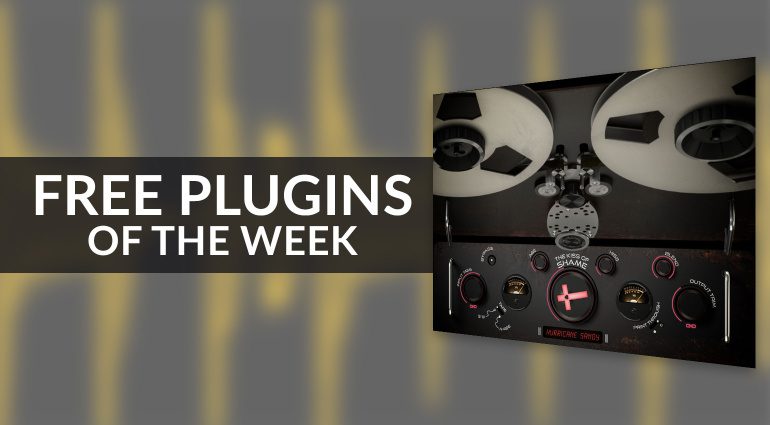OpenAI has recently introduced new voice and image capabilities in ChatGPT, a massive step forward in the field of artificial intelligence. I would highly recommend you check out the first examples I have come across of how this new ChatGPT 4 Vision technology can be used for a wide variety of applications. For instance simply draw a flowchart of your required program and ChatGPT will write the code to make it a reality
These new ChatGPT Vision features enable users to have voice conversations and show images to the AI, expanding the ways ChatGPT can be used in daily life. From identifying landmarks to suggesting recipes based on pantry contents, or assisting with math problems, the possibilities are vast and almost endless.
The rollout of these voice and image features will be available to ChatGPT Plus and Enterprise users over the next two weeks. Voice will be available on iOS and Android, while images will be available on all platforms. This expansion of capabilities is a testament to OpenAI’s commitment to making AI more accessible and useful.
ChatGPT 4 Vision and AI art generation examples
Other articles you may find of interest on the subject of ChatGPT-4 :
ChatGPT Voice
The voice feature in ChatGPT is powered by a new text-to-speech model that generates human-like audio from text and sample speech. This feature was developed in collaboration with professional voice actors and uses Whisper, OpenAI’s open-source speech recognition system, to transcribe spoken words into text. This collaboration with Spotify for the Voice Translation feature is a prime example of how AI can be integrated into everyday applications.
On the other hand, image understanding is powered by multimodal GPT-3.5 and GPT-4. These models apply language reasoning skills to a wide range of images, including photographs, screenshots, and documents containing both text and images. This capability allows ChatGPT to identify specific elements in an image, including people and objects, and even write code for a software as a service dashboard from a screenshot, as demonstrated by AI developer McKay Wrigley.
ChatGPT Vision
However, the introduction of these voice and image technologies is not without potential risks and challenges. The new voice technology presents potential risks, such as impersonation or fraud, hence its use is limited to specific applications like voice chat. Vision-based models also present challenges, such as hallucinations or high-stakes interpretations. To mitigate these risks, OpenAI has conducted extensive testing and risk assessment prior to deployment.
OpenAI has also worked with Be My Eyes, an app for blind and low-vision people, to understand the uses and limitations of vision-based models. This collaboration has helped OpenAI to develop technical measures to limit ChatGPT’s ability to analyze and make direct statements about people, in order to respect individuals’ privacy.
Despite these impressive capabilities, it’s important to note that AI technology still has limitations. For instance, ChatGPT failed an IQ test, demonstrating limitations in its ability to read its own responses and infer reverse logic. However, the rapid advancement of AI technology is promising, with potential applications in software development and user testing.
The introduction of voice and image capabilities in ChatGPT by OpenAI is a significant advancement in the field of AI. While there are potential risks and challenges associated with these technologies, OpenAI’s commitment to building safe and beneficial AGI, coupled with rigorous testing and risk assessment, ensures that these tools will continue to be refined and improved. As AI continues to evolve, it will undoubtedly become an even more integral part of our daily lives.
Filed Under: Guides, Top News
Latest togetherbe Deals
Disclosure: Some of our articles include affiliate links. If you buy something through one of these links, togetherbe may earn an affiliate commission. Learn about our Disclosure Policy.






